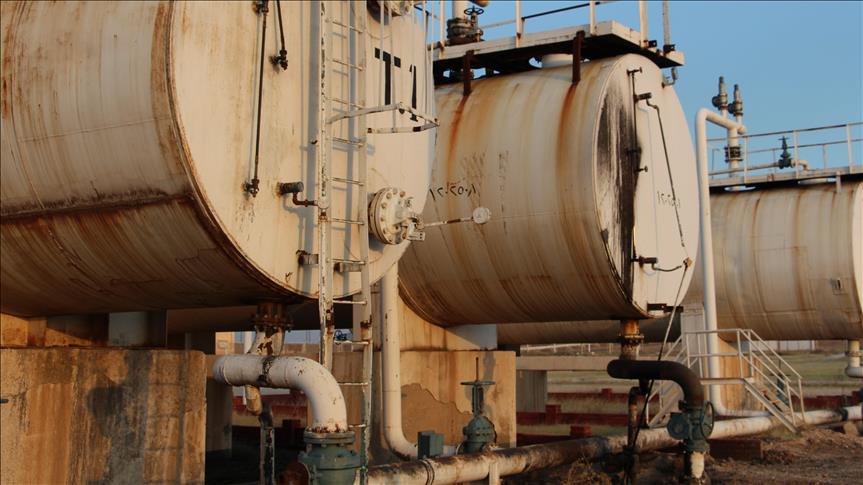Brent oil surpassed $65 last week and currently hovers around $65 with the support of the outage in the Forties North Sea pipeline due to a temporary failure, and high conformity levels of OPEC and Non-OPEC countries to the oil cap agreement.
Furthermore, slowing pace of growth in U.S. crude oil output and persistent decline in U.S commercial oil inventories also supported prices. Fall in oil inventories in OECD countries and relatively weaker U.S dollar also push the prices upwards.
However, the Forties North Sea pipeline would resume its operations in early January 2018 according to its operator company, INEOS. Therefore, its upward pressure on oil prices will loosen following the repair.
Brent oil started the week with a slight rise to $63.41 after the decline in the U.S. dollar index and a four-oil rig count contraction according to Baker Hughes data from the previous week.
On Tuesday it continued its ascent to $63.80 with a further slump in the U.S. dollar index and the decline of 5.22 million barrels in U.S. oil inventories, as detailed in the weekly API report.
The price surged to $64.56 with a little rise in U.S. crude oil production by only 9 thousand barrels to 9.789 million barrels per day for the week ending Dec. 15, as reported by the EIA and the weekly fall of 6.49 million barrels in U.S. commercial oil inventories, according to the EIA weekly report on Wednesday.
Even though it slid down to $64.16 due to the profit-taking of the market players on Thursday, it settled at $65.04 at the end of the week with the support of outages from the temporary closure of the Forties crude pipeline and further declines in U.S dollar index.
According to The Joint OPEC-Non-OPEC Ministerial Monitoring Committee, the parties reached the highest conformity level of 122 percent to their oil cap agreement in November, October. International Energy Agency(IEA) also stated that oil cartel’s compliance increased to 115 percent in November which was 96 percent in the month earlier.
With support of their high conformity levels, oil stocks in industrialized countries continue to draw, a much sought success for OPEC and Non-OPEC participating countries in their quest to clear 340 million barrels overhang above five-year average in OECD stocks at the beginning of their cooperation. According to OPEC, oil surplus above five-year average in OECD countries stocks was 140 million in October. Moreover, according to IEA the overhang over five-year average in OECD commercial stocks fell by 40 million barrels to 111 million barrels in October.
Considering the upcoming restart of Forties pipeline operations, the prospect of prices over $65 a barrel would not continue. Unless the U.S. oil production grows rapidly, oil prices could continue to hover around $65 in the next week.
- Opinions expressed in this piece are the author’s own and do not necessarily reflect Anadolu Agency's editorial policy.


